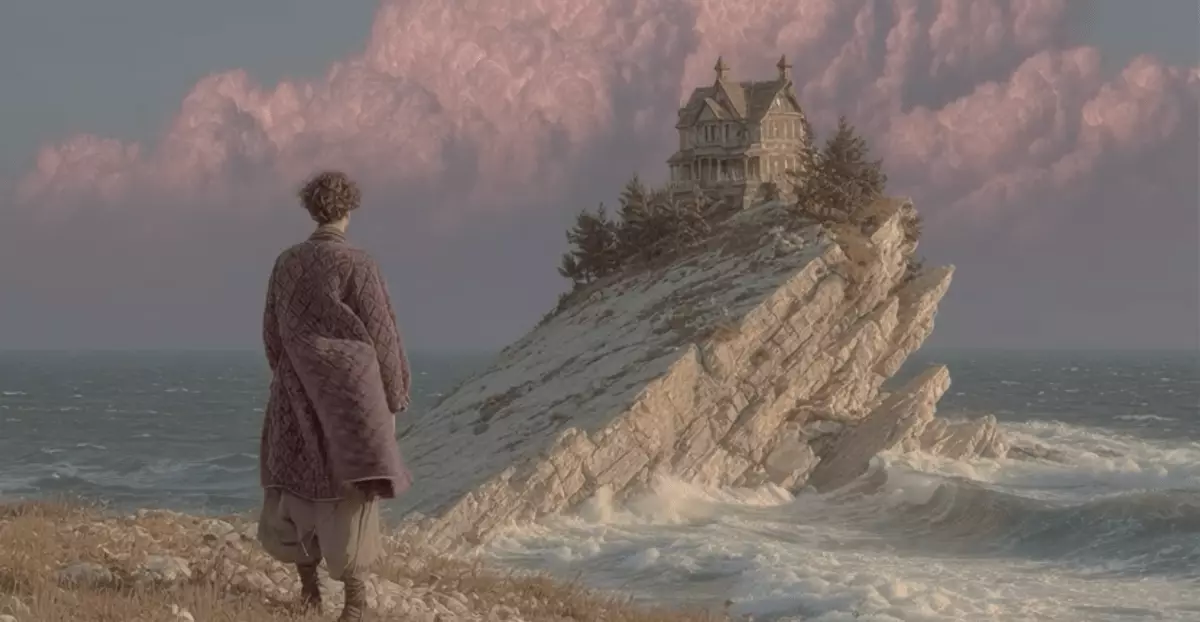The digital landscape is witnessing a technological leap with the advent of AI video generation tools, exemplified by Midjourney’s recent release. This tool revolutionizes how users can create animated content from still images, making the creative process more interactive and accessible than ever before. In a world where content creation is largely driven by visual storytelling, the ability to transform static images into dynamic, animated clips signifies a profound shift in how artists and content creators express their ideas. The innovative model by Midjourney integrates artificial intelligence in a manner that enhances human creativity rather than replacing it, thereby setting an exciting tone for the future of digital media.
The Mechanics of Midjourney’s Video Generation
At its core, Midjourney’s video generation model allows users to upload their images or generate fresh visuals directly on the platform. This user-friendly interface empowers users to animate their artwork with just a click of an “animate” button, creating instant gratification through a five-second clip. By leveraging a basic default prompt to get things moving, users encounter a simplified entry point into video animation, even if it lacks depth initially. However, the platform provides an option for customization through a manual button, giving users the freedom to dictate how their animation unfolds.
This blend of automation and user control is fascinating. It allows both novices and seasoned creators to experiment with animations, fostering a creative playground for diverse storytelling possibilities. Furthermore, the option to extend an animation up to 21 seconds and control motion settings enhances the potential for nuanced storytelling, yet it remains essential for users to navigate these features effectively to maximize their output.
The Price of Innovation
While the capabilities of this AI video generation tool are groundbreaking, the financial aspect is a necessary consideration. Midjourney requires a subscription—starting at $10 per month for limited GPU time—which can escalate significantly for video projects. The pricing model suggests a strategic valuation of video content creation, akin to the dynamics of the art and media market. Charging “about 8x more” for video versus image generation raises critical questions about accessibility. While innovative technologies often come with a cost, one can argue that placing substantial financial barriers can deter budding creators from exploring their artistic potential.
This pricing strategy reflects the broader thematic concern regarding the commercialization of creative tools in the digital age. As video content becomes increasingly essential in digital marketing and social engagement, striking a balance between profitability for the service provider and accessibility for creators is crucial for fostering a vibrant creative community.
Legal Implications: A Double-Edged Sword
However, as with any innovation, there are significant complexities, particularly concerning legality. Midjourney currently faces a lawsuit from Disney and Universal, which raises serious questions about intellectual property and the ethics of AI training processes. The argument centers around the notion that the AI could be generating unauthorized works rooted in the copyrighted material of these entertainment giants. This litigation highlights a precarious point in the evolution of AI technology—where the potential for democratization of creative processes marches hand-in-hand with the risk of infringing on the rights of traditional creators.
Thus, the implications extend far beyond Midjourney itself, calling into question how the entire industry of AI tools will navigate copyright laws. As these technologies become ubiquitous, establishing clear and ethical guidelines around intellectual property becomes paramount to ensuring that innovation does not stifle individual creativity.
The Vision for Future Developments
Midjourney’s founder, David Holz, envisions the current model as merely a “stepping stone” towards achieving more complex and immersive AI applications, such as real-time open-world simulations. This aspiration underscores a pivotal moment in the technological landscape—where artificial intelligence is likely to become a cornerstone of the creative process, allowing for new forms of media that combine gaming and narrative in unprecedented ways.
As competing organizations like Google, OpenAI, and Meta introduce their own AI video generators, it becomes essential for Midjourney to define its unique identity amid a sea of innovation. The company must strive not only to stay ahead of the technological curve but also to build a responsible framework that honors both creators’ rights and the artistic spirit that fuels innovation. The intersection of creativity and technology represents the frontier of modern media, and how it evolves will be crucial in shaping tomorrow’s digital experience.


Leave a Reply